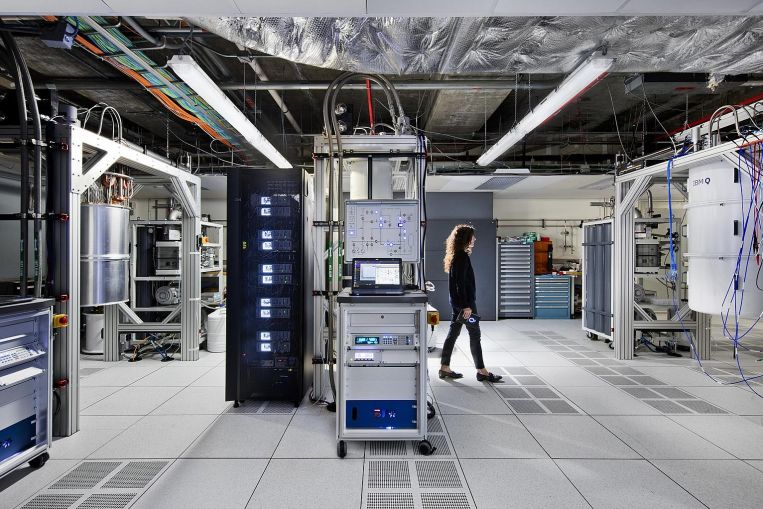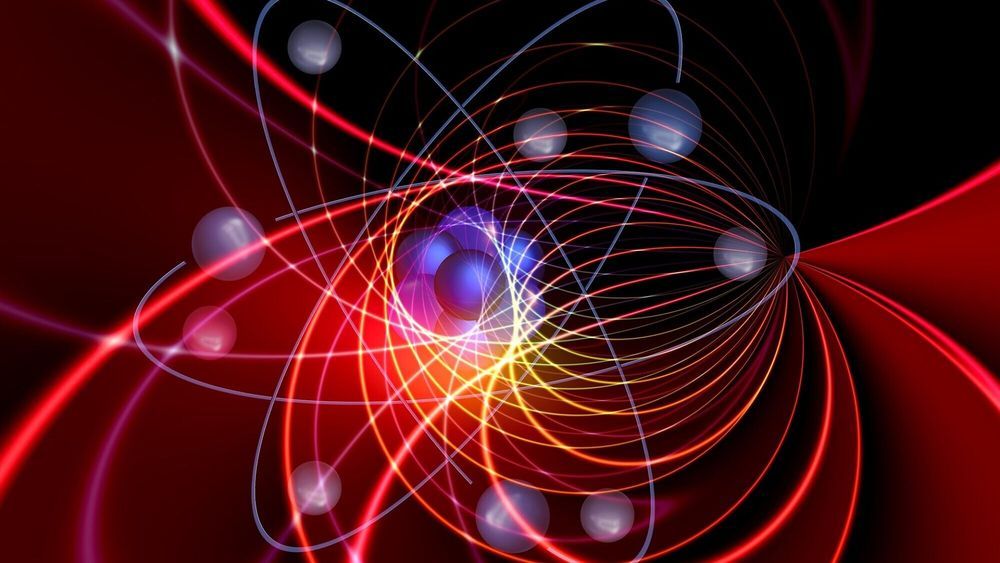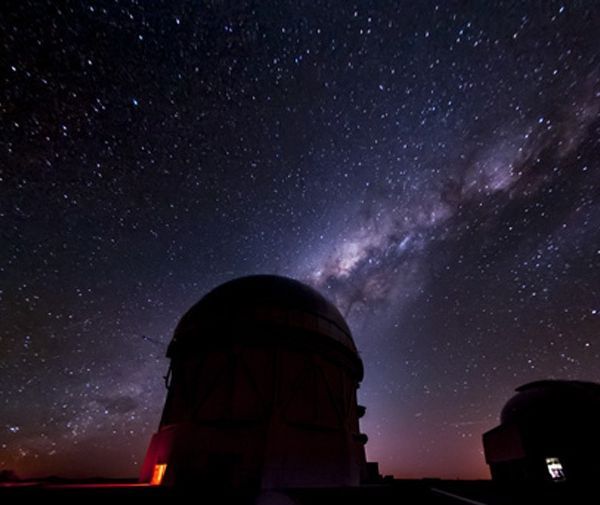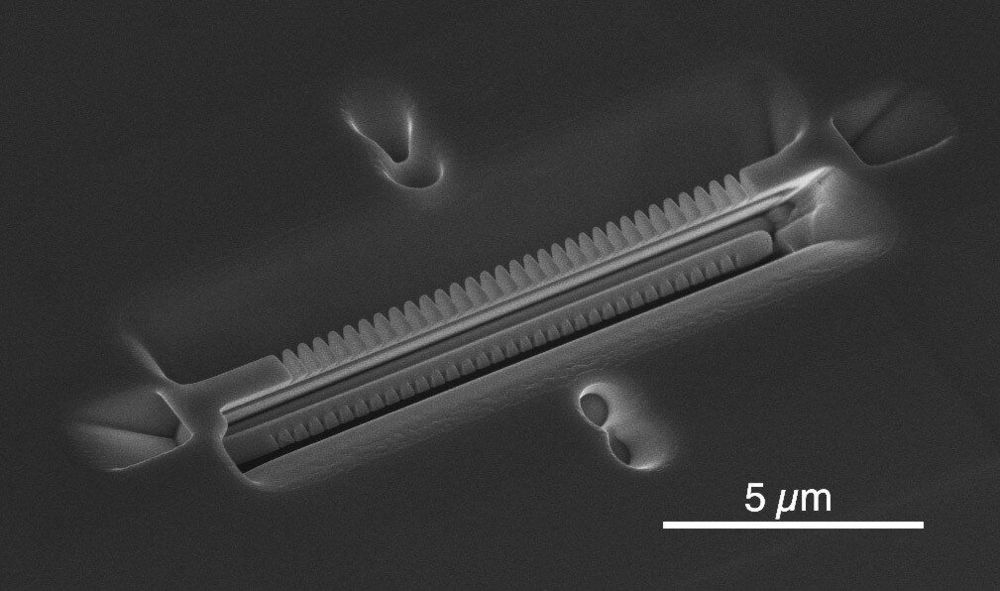The same concept applies to the processor integrated into a quantum computer, whose fragile bits should be tuned optimally before it can execute a calculation. But who would be the right mechanic to perform this quantum tune-up task?
According to a group that comprises researchers from the National Institute of Standards and Technology (NIST), the quantum tune-up job can be performed by artificial intelligence (AI).
Published in the Physical Review Applied journal, the researchers’ paper shows how an AI can be trained to make an interconnected set of modifications to minute quantum dots. These quantum dots are among the numerous potential devices used for developing the quantum bits, also known as qubits,” that would create the switches in the processor of a quantum computer.









